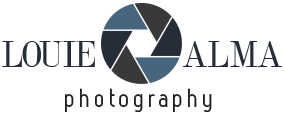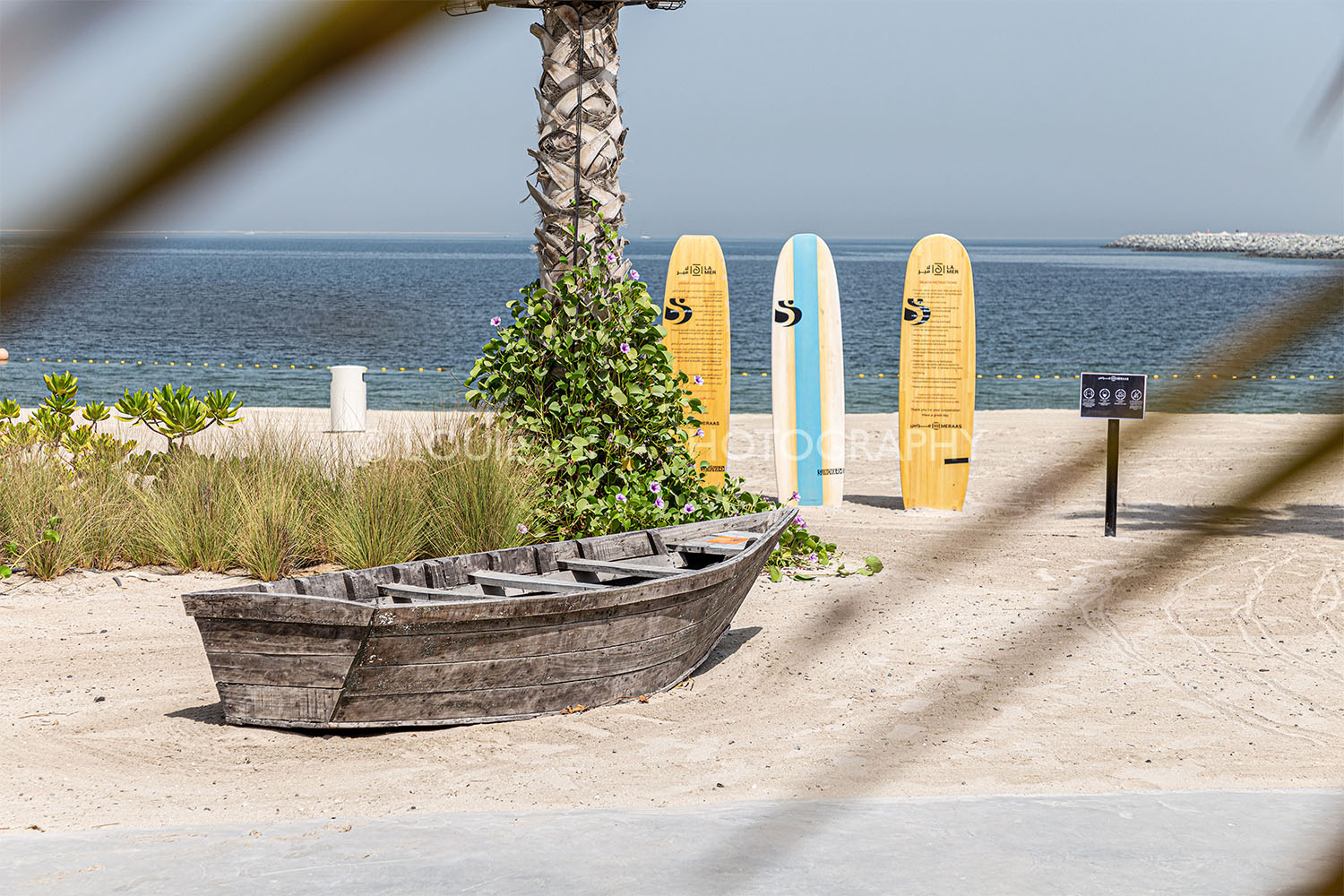Fotopro E7 Camo Review: A Tripod for Bird Photography
Most tripods can be considered relatively universal tools that can be used for just about anything within their weight category. Even the tripod I’m reviewing today – the FotoPro E7 Camo – could, in theory, be used for something like studio photography. However, its camouflage coating and other design features clearly mark it as a companion for a different kind of adventure!

















